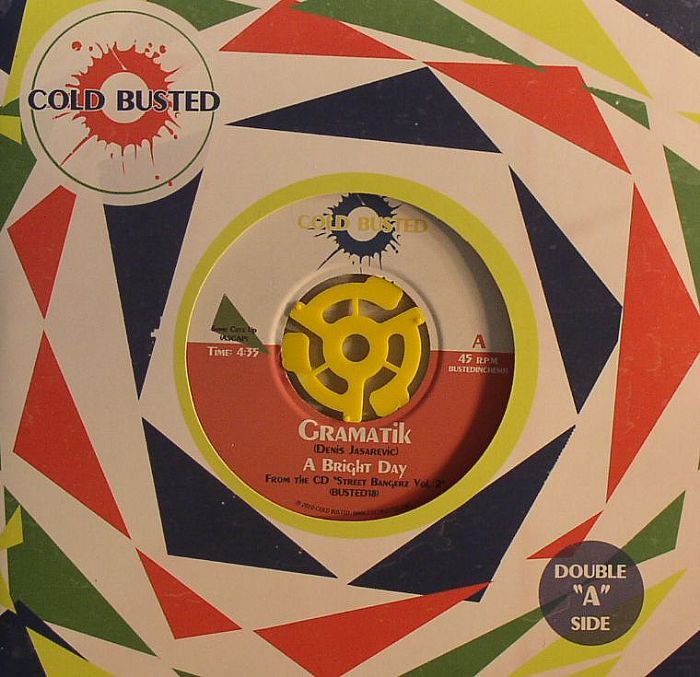

On the other side of the spectrum, “54 Cymru Beats” might be one of James’ best songs: abrasive, mining drum ‘n’ bass yet eerily mechanical. Songs like “ Avril 14th,” “Nanou 2” and “Kesson Dalef” are simple, beautiful and reminiscent of Erik Satie.

II was, nor is it going to convert non-Aphex Twin fans, but what Drukqs does do is bring us some of James’ stripped down piano pieces – a whole new side that were unlike anything he had produced before. It’s not a game changer the way Selected Ambient Works, Vol. James Album, which Pitchfork extravagantly proclaimed to be “43.5 minutes of pure electronic genius.” Yet Drukqs still stands as a solid Aphex Twin album. But what do you say about a sprawling thirty track double album that may or may not have been a way to finish up his contract with Warp? Double albums are tough – just ask any band that attempts to do one, hello cohesion! It didn’t help that it had been five years since The Richard D. When Drukqs was released in 2001, it was met with everything from rapturous praise to indifference to disappointment. James’ last album with Warp before a lengthy hiatus. I would recommend it to anyone baffled and intrigued by Warp. It can induce laughter, ridiculous movement and watery eyes alongside open-jawed awe. By contrast, Go Plastic plays as easily as Definitely Maybe for me. My appreciation of a lot of leftfield electronica is rather detached and akin to an aquarium bound fish looking at the interesting primates’ outside- mightily impressed but unscathed. Reviews of this sort of thing often come across as highly referential (I’m by no means an expert) or sink like embarrassing fiction. The likes of “Boneville Occident” and “Go! Spastic” brim with manic intricacy, while “ My Red Hot Car” is a genuine anthem. “Tommib” is emotionally arresting and spares the embarrassment of saying anything. “I Wish You Could Talk” takes Autechre abstraction and creates something propulsive and immediate. “The Exploding Psychology” whirls and chimes through five genres in minutes like the work of some sort of vitamin C enhanced mad scientist. It’s a joyfully sardonic and compelling fifty minutes.

Ten songs crib from frantic jungle, glitch, radiophonic garage and slanted ambience. Go Plastic saw Tom Jenkinson’s knack for invention filtered into streamlined immediacy.
#Vitamin vintage vinyl free#
Squarepusher can be impressively indulgent- with free jazz in tow. Plaid might not have gotten the chance to have their pop moment, but based on Not for Threes, there’s no reason why they couldn’t have. There’s a juxtaposition between sinister glitch and playful innocence on “Fer,” while “Ladyburst” has the bass buzz and rhythmic snap to go toe-to-toe with the era’s best moments in big beat.
#Vitamin vintage vinyl series#
Their immediacy can partially be attributed to the choice to partner up with a series of vocalists-Nicolette on the seductive Aphex noir of “Extork,” Björk on the gorgeously atmospheric “Lillith”-but it’s also simply a result of their own limitless creative possibility. Neither as coldly intense as Autechre nor as eerily nostalgic as Boards of Canada, Plaid run wild with colorful textures and ear-catching melodies on their Warp Records debut. In fact, Not for Three is just silly with it.

in 1998), though that has nothing to do with the duo’s pop sensibility. That didn’t end up paving the way for the Plaid’s Ed Handley and Andy Turner to infiltrate the mainstream with that same year’s Not for Threes (released in the U.S. IDM’s pop moment arrived, inexplicably, when Aphex Twin crashed MTV with the industrial nihilism of “Come to Daddy” in fall of 1997.


 0 kommentar(er)
0 kommentar(er)
